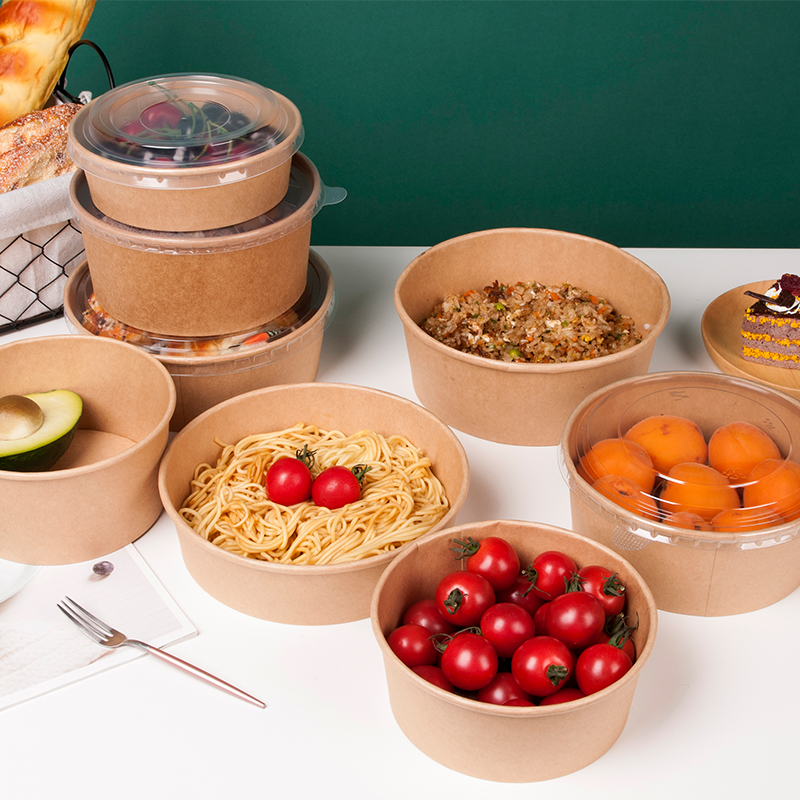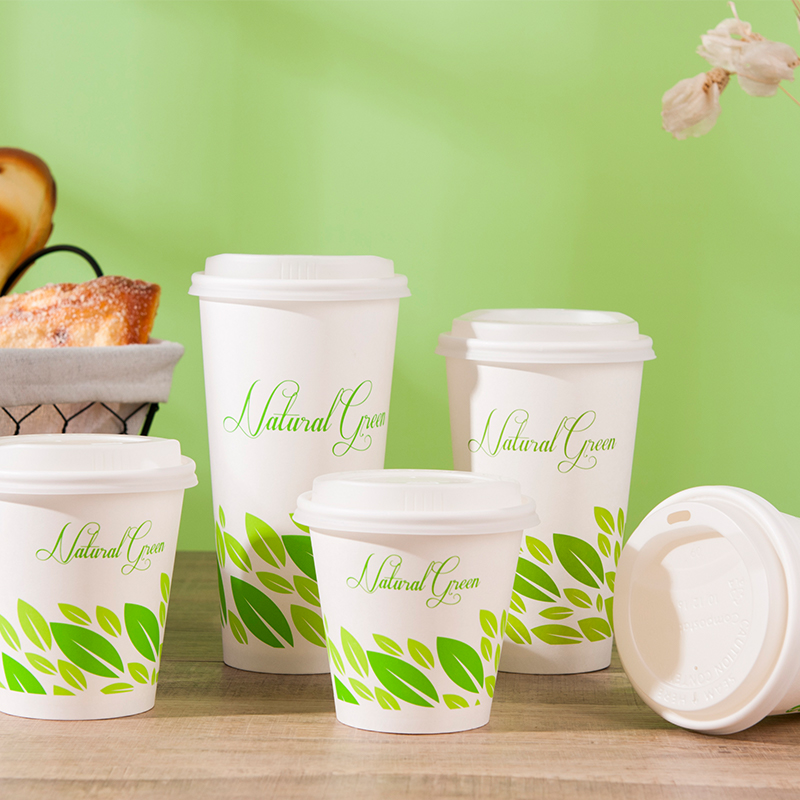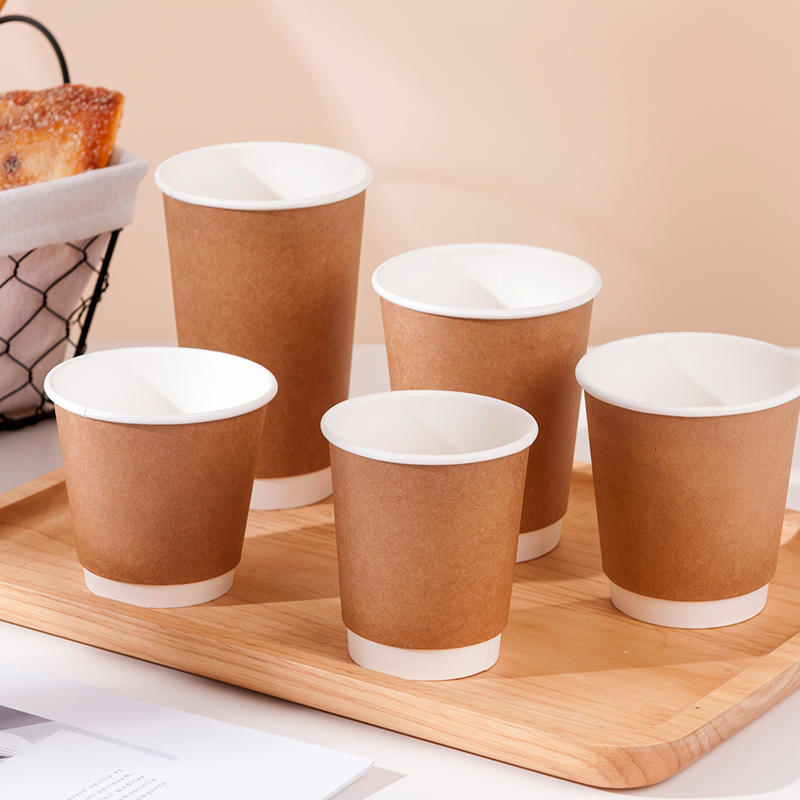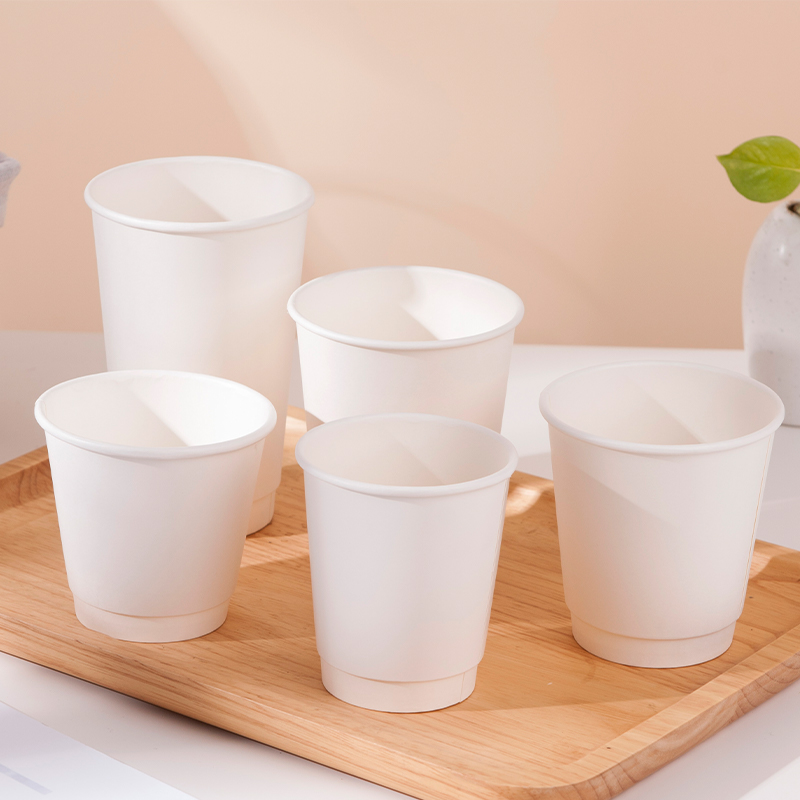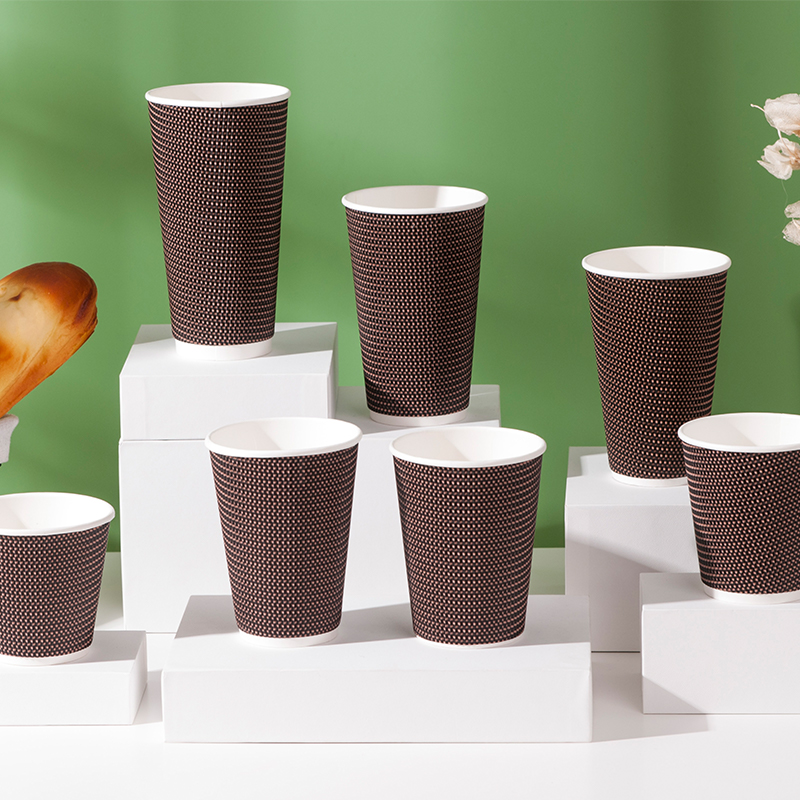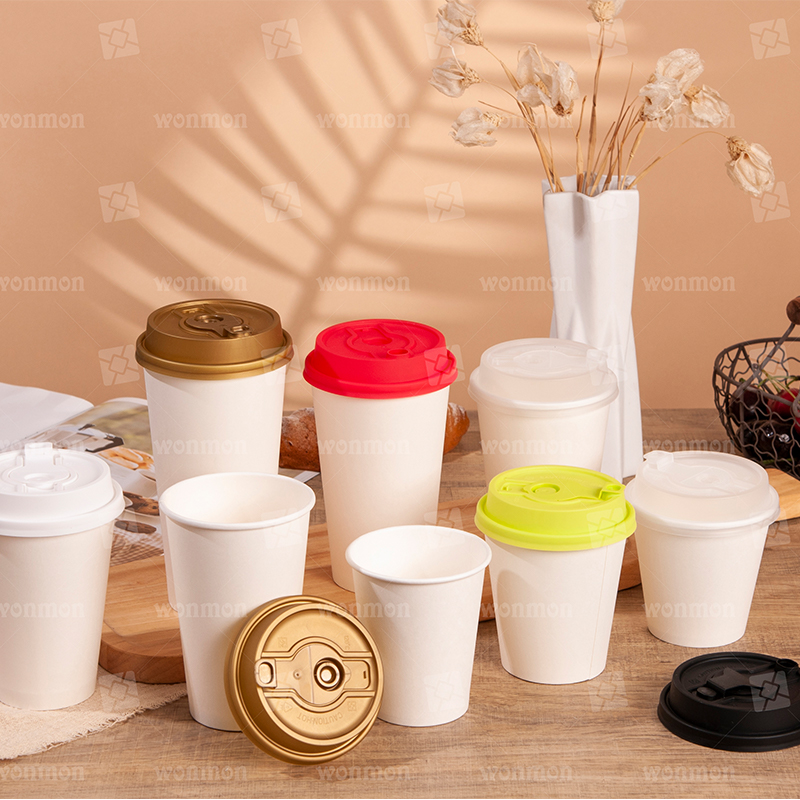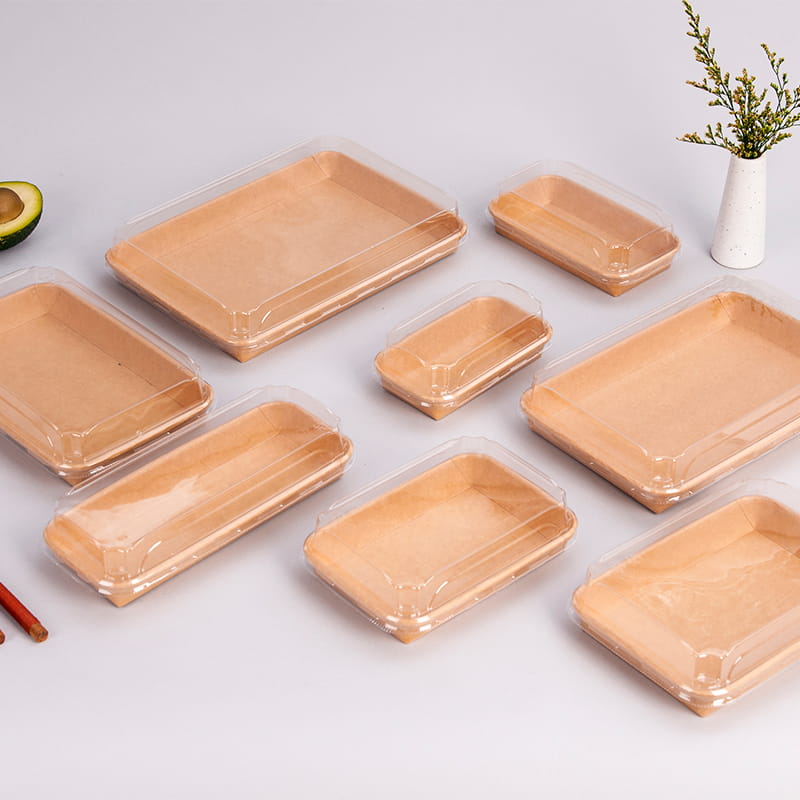Leakproof cup lids are designed to address the challenge of temperature changes and pressure variations that can affect their sealing ability by using specific engineering and material considerations. Here's how they tackle these challenges:
Material Selection:
Leakproof lids are typically made from materials that have good thermal stability and resilience. These materials can withstand a range of temperatures without deforming or losing their sealing properties.
Elastic Properties:
The lid material is chosen for its elasticity, allowing it to stretch and contract as the temperature changes. This elasticity helps maintain a tight seal regardless of temperature fluctuations.
Sealing Mechanisms:
Many leakproof lids employ sealing mechanisms like gaskets, O-rings, or silicone seals. These components are selected for their ability to adapt to pressure variations and temperature changes.
Venting Features:
To accommodate pressure variations, especially in hot beverages, some lids include venting features like small holes or slits. These vents allow excess pressure to escape while maintaining the seal.
Double-Layered Lids:
Some lids are designed with a double-layered construction, which provides an insulating barrier between the hot liquid and the outer layer. This reduces the transfer of heat to the exterior of the lid and minimizes temperature-induced pressure changes.
Quality Control:
Manufacturing processes for leakproof lids include strict quality control measures to ensure that the sealing components, such as gaskets or O-rings, meet specified standards. This helps maintain consistent sealing performance.
Precision Engineering:
The lids are precision-engineered to create a secure seal under normal temperature and pressure conditions. This engineering accounts for potential fluctuations and aims to maintain seal integrity even when exposed to extreme conditions.
Thermal Insulation:
Lids may incorporate insulating materials or designs to help keep the beverage at a consistent temperature. By minimizing heat transfer, these lids reduce the likelihood of significant pressure changes due to temperature variations.
Pressure Relief Features:
In situations where pressure buildup is a concern, some lids are designed with pressure relief features that allow small amounts of pressure to escape without compromising the seal. This is particularly important for carbonated beverages.
User Instructions:
Manufacturers may include instructions for users to release any excess pressure by partially lifting the lid before fully removing it, especially in the case of very hot or carbonated beverages.
Testing and Validation:
Leakproof cup lids undergo testing to assess their performance under different temperature and pressure conditions. This helps ensure their effectiveness in real-world scenarios.
Sustainability Considerations:
Sustainable materials, such as recyclable plastics or biodegradable options, may be used in the construction of lids. Sustainability is a growing concern in lid design, and it can also impact the sealing properties of the lid.



 English
English 中文简体
中文简体


